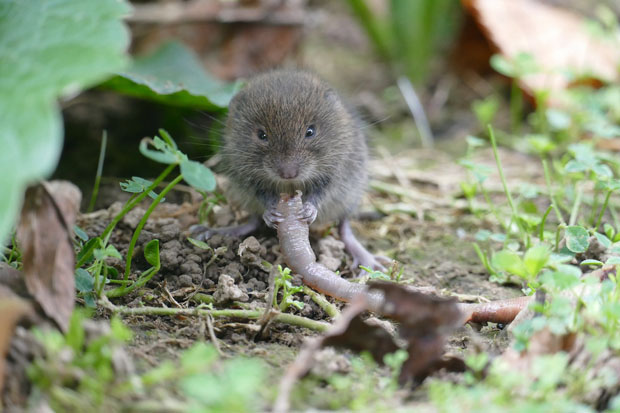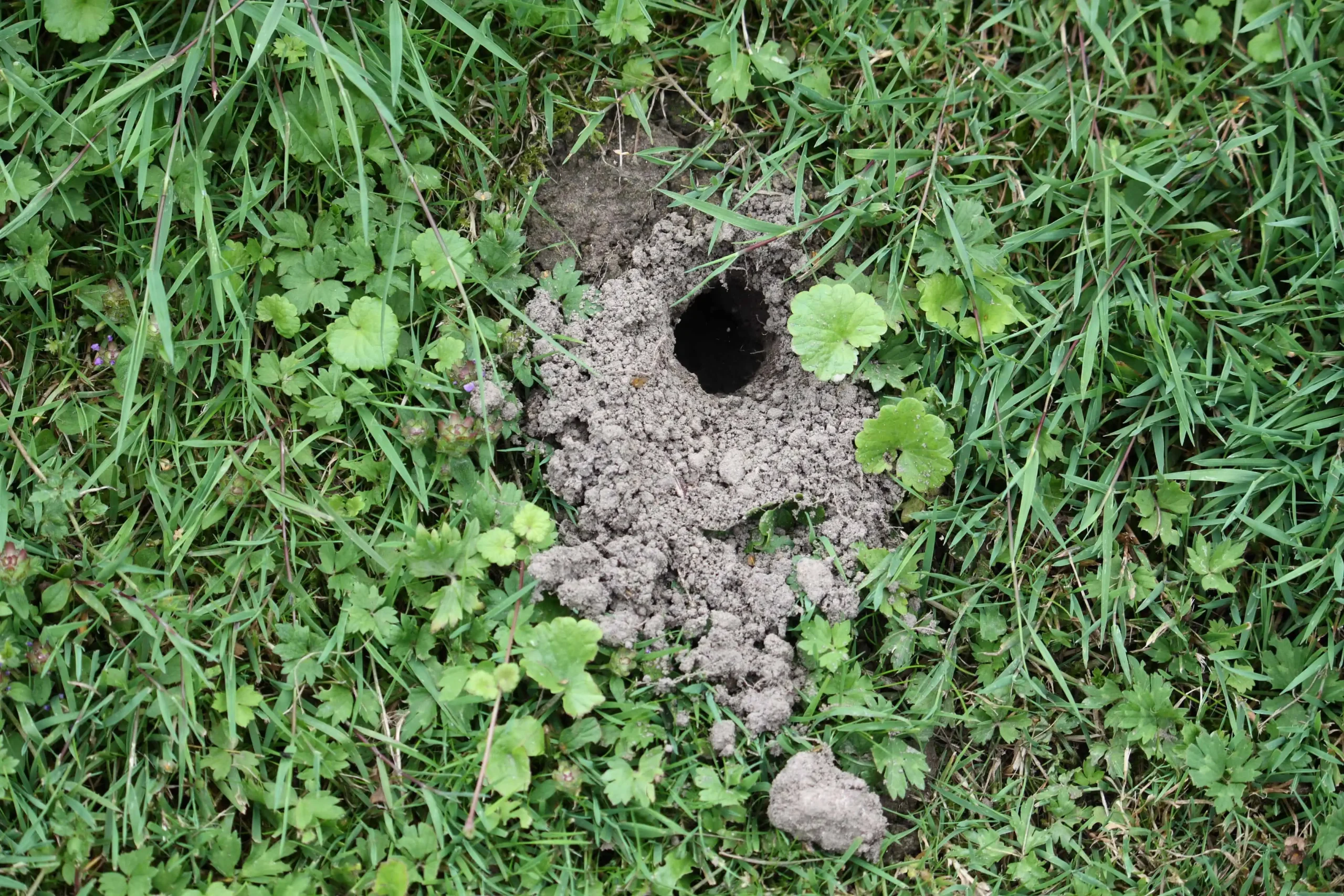Comprehensive Overview to Efficient Vole Bug Control: Invasion Recognition and Treatment Techniques
In the realm of effective bug control, vole problems present an one-of-a-kind difficulty that requires a calculated technique. By exploring the nuances of vole actions, comprehending vital indicators of infestation, and reviewing a variety of control options, one can create a detailed method to deal with these evasive parasites.
Understanding Vole Habits
Vole habits is defined by their delving behaviors and rapid recreation prices, making them a challenging insect to control effectively. These little rodents commonly develop intricate tunnel systems underground, utilizing them for shelter, food storage space, and transport. Voles are herbivores, taking in a variety of plants, origins, turfs, and bulbs, which can trigger substantial damages to yards, orchards, and yards. Their fast reproductive rate further complicates control initiatives, with ladies qualified of generating numerous trashes in a single year, each consisting of numerous children.
Recognizing vole actions is vital for efficient parasite control approaches. By recognizing their burrow locations, monitoring feeding locations, and executing targeted control approaches, such as trapping or environment modification, vole infestations can be taken care of efficiently.
Indicators of Vole Infestation

Avoidance Techniques
Applying efficient avoidance techniques is crucial in reducing vole invasions and guarding plant life from their harmful feeding routines. To prevent vole infestations, it is important to begin by eliminating potential food sources and shelter.
Consistently checking the property for indicators of vole task, such as runways and delve openings, is critical for very early detection and prompt action. Think about utilizing catches or repellents tactically positioned near their paths if vole activity is suspected. Using all-natural killers like owls or serpents can likewise aid maintain vole populaces in investigate this site check. By carrying out a combination of these avoidance strategies, house owners and gardeners can properly protect their plant life from vole damages.
Non-Lethal Control Methods
To properly take care of vole populations while prioritizing humane methods, non-lethal control methods offer sensible solutions for reducing vole damages in landscapes and gardens. One effective method is using physical barriers such as hardware cloth or cable mesh to secure prone plants. These obstacles can be hidden at the very least 12 inches curved and deep at a 90-degree angle to avoid voles from tunneling underneath. Furthermore, habitat modification can hinder voles by reducing their favored food sources and concealing areas. Preserving a well-mowed yard, getting rid of particles, and maintaining plants trimmed can make the atmosphere less attractive to voles.

Lethal Control Options
One effective approach for resolving vole infestations in yards and landscapes entails the critical usage of lethal control choices. When encountered with a severe vole infestation that non-lethal approaches have actually failed to have, implementing deadly control steps becomes vital. Overall, when utilizing lethal control alternatives, it is important to do so responsibly and in conformity with neighborhood laws to efficiently handle vole infestations.
Final Thought
To conclude, reliable vole pest control requires an extensive understanding of vole habits, recognition of indicators of problem, application of avoidance approaches, and use of both deadly and non-lethal control techniques. By integrating these strategies, individuals can effectively take care of vole populaces and safeguard their property from damage. It is necessary to address vole problems immediately to stop further concerns and reduce the influence on the surrounding atmosphere.
Offered the complex tunnel systems and quick recreation rates particular of voles, recognizing the signs of vole invasion becomes necessary in efficient insect control. One of see here now the main indicators of vole visibility is the presence of surface paths or tracks in lawn or snow, commonly regarding 1-2 inches wide, developed as voles take a trip in between their burrows and food sources.To effectively manage vole populaces while prioritizing gentle approaches, non-lethal control strategies supply practical remedies for decreasing vole damage in landscapes and gardens.One efficient technique for addressing vole infestations in gardens and landscapes involves the tactical use of lethal control options. vole pest control.In final thought, reliable vole insect control calls for a detailed understanding of vole habits, identification of indications of problem, implementation of prevention methods, and use of both non-lethal and dangerous control approaches